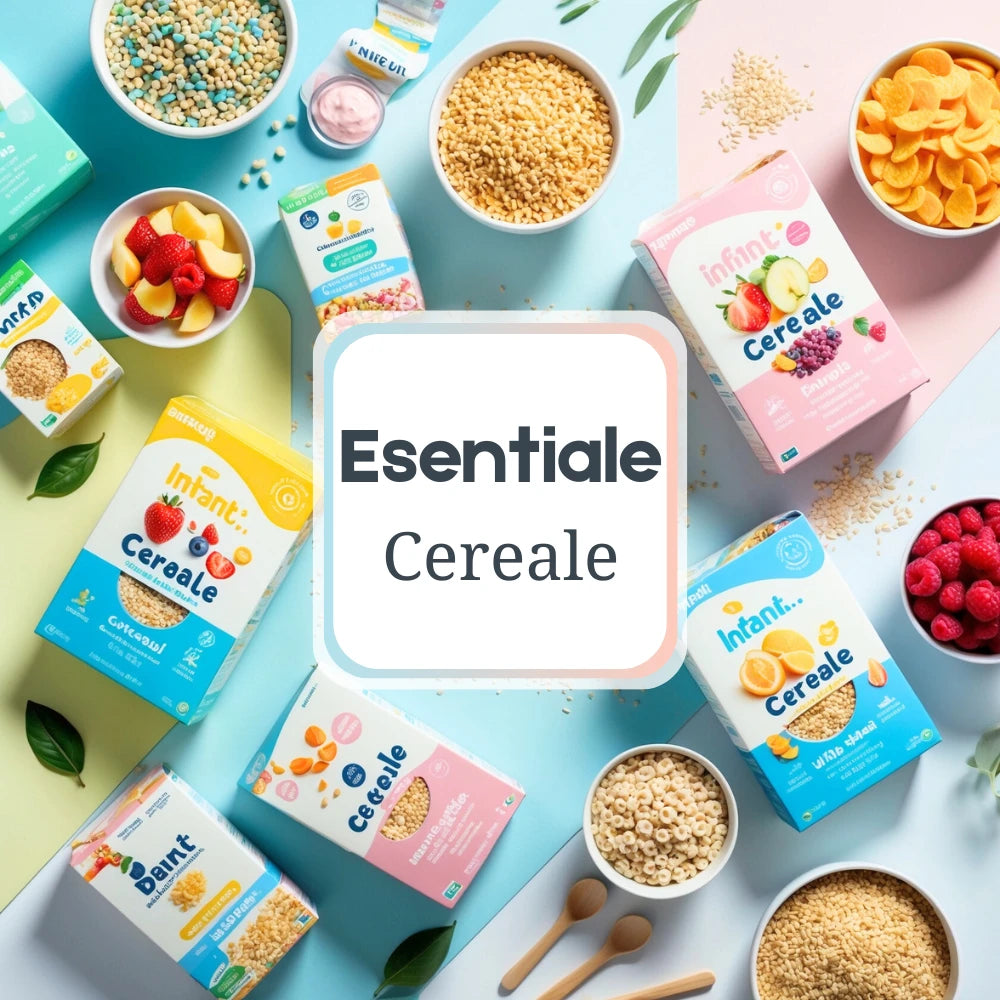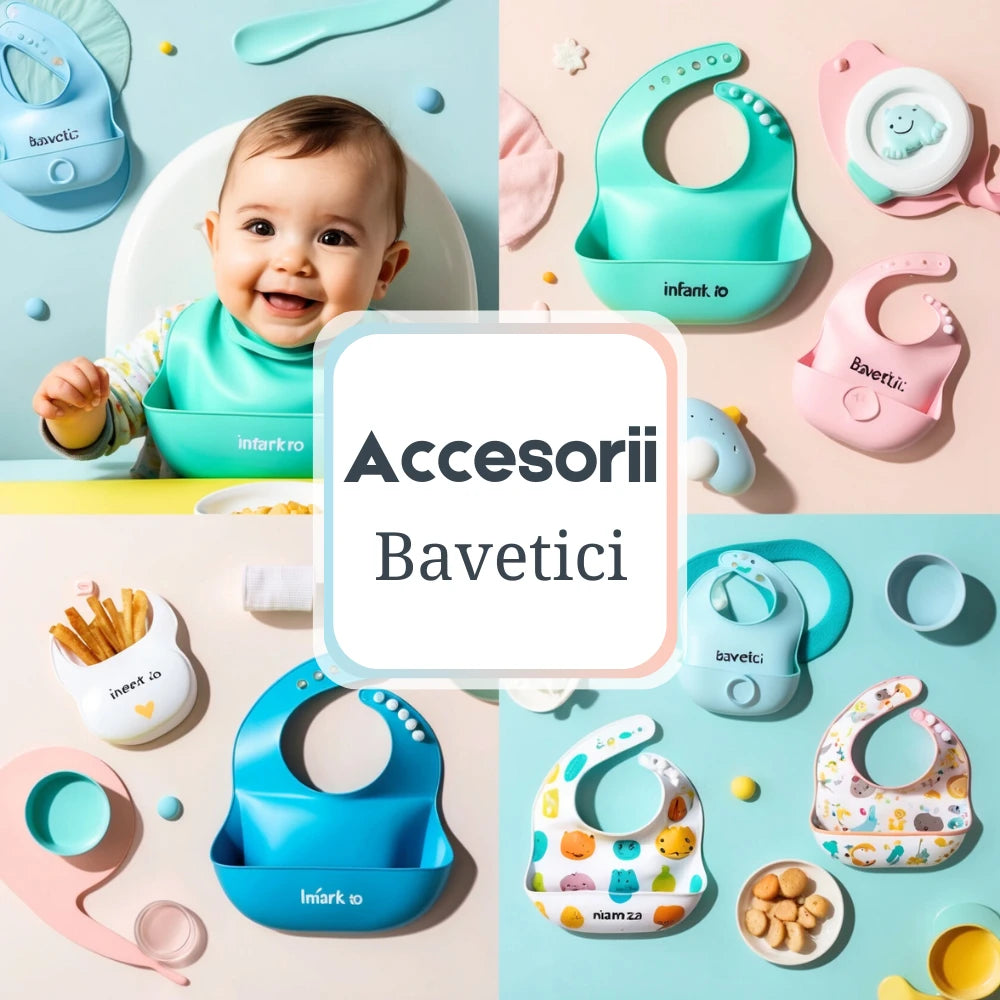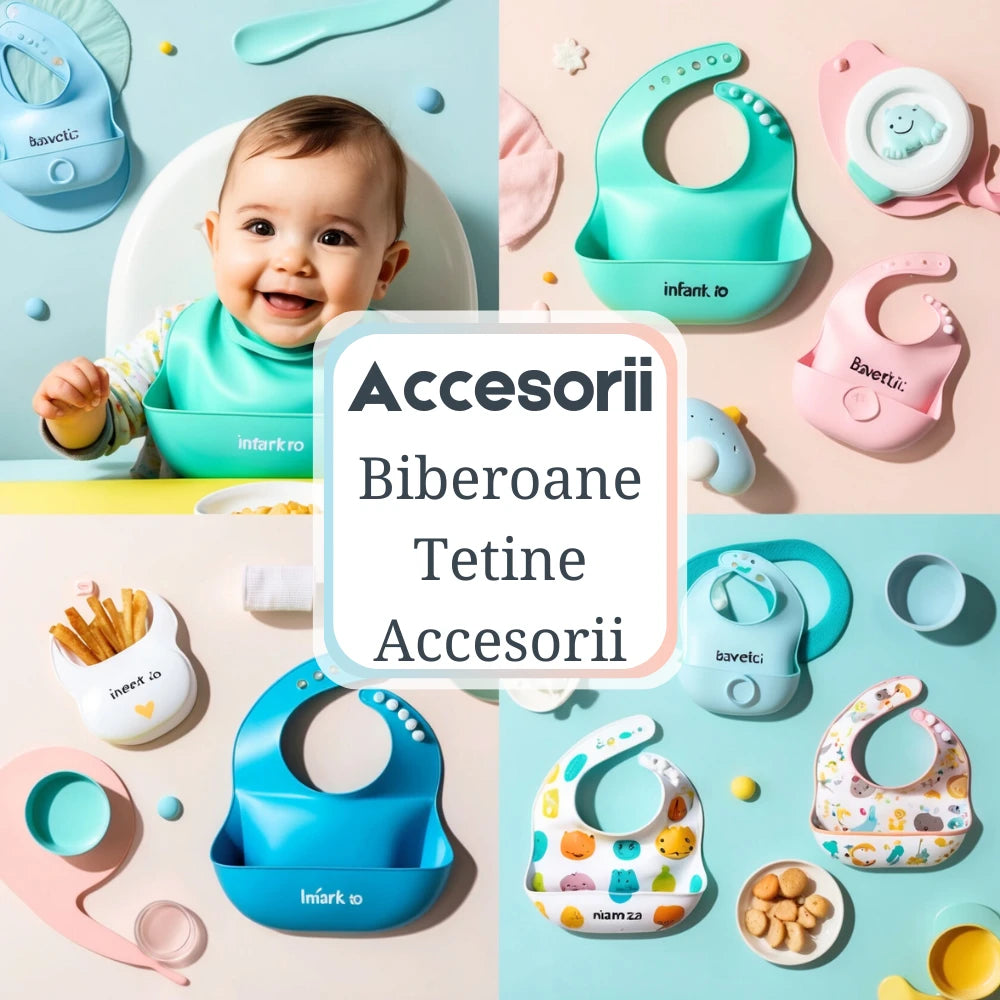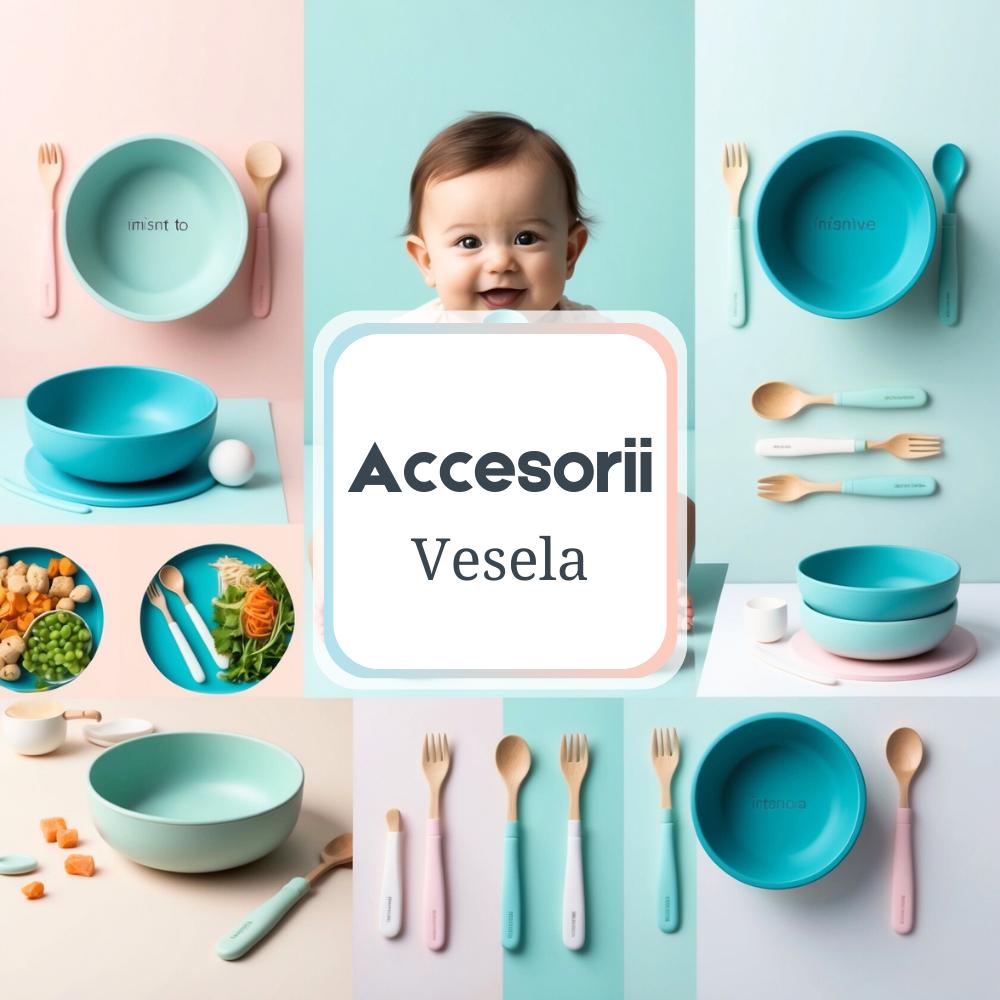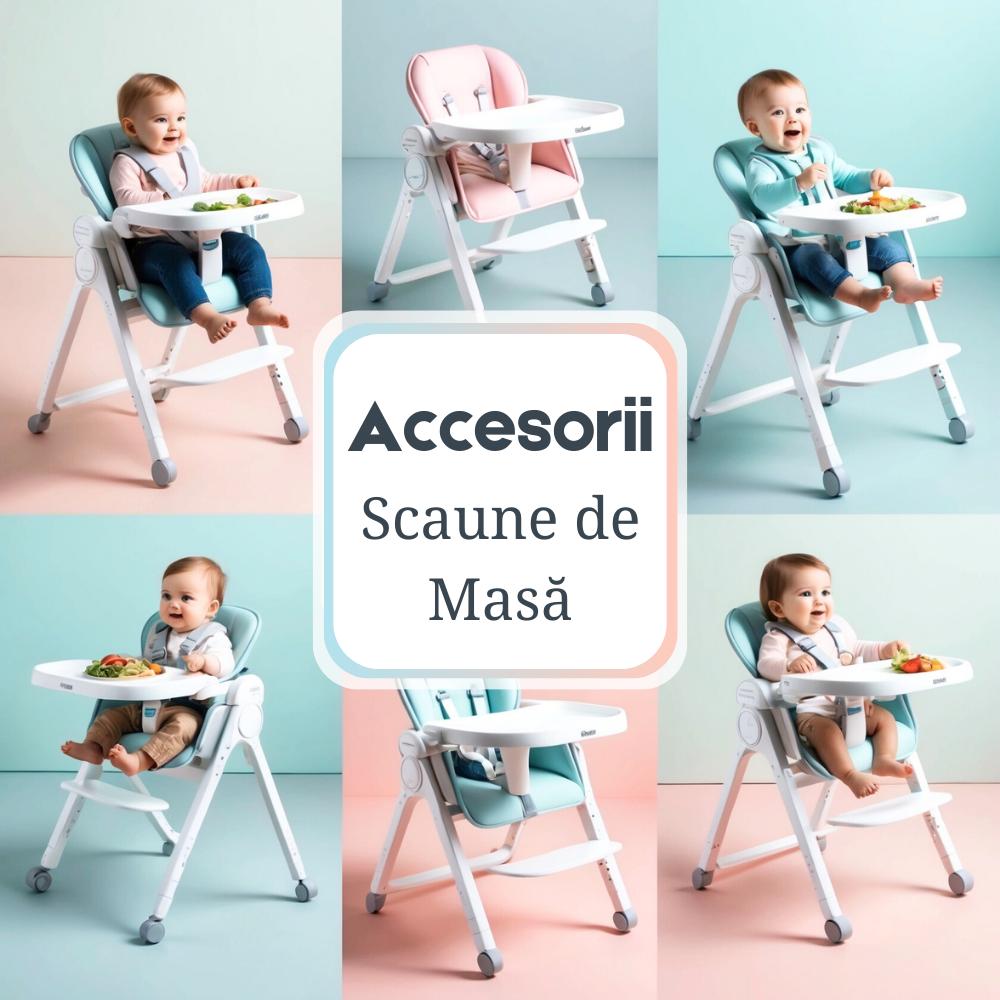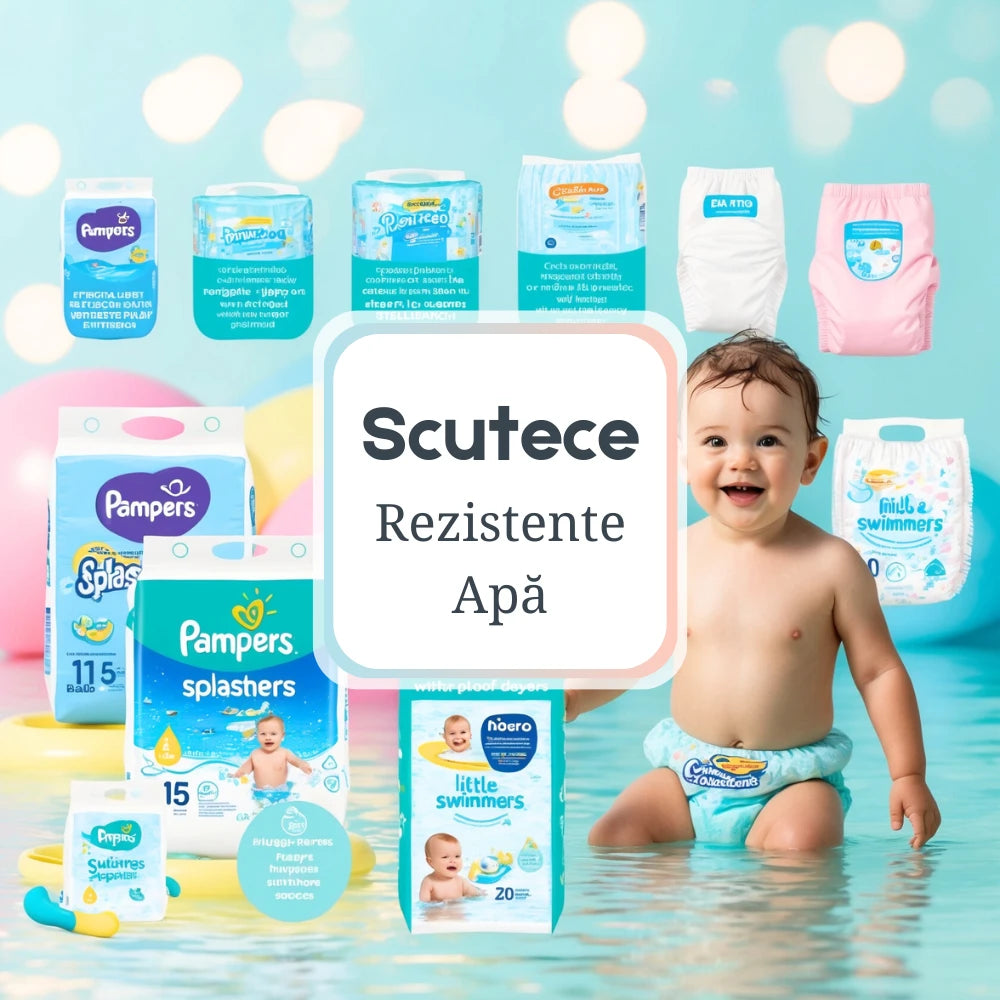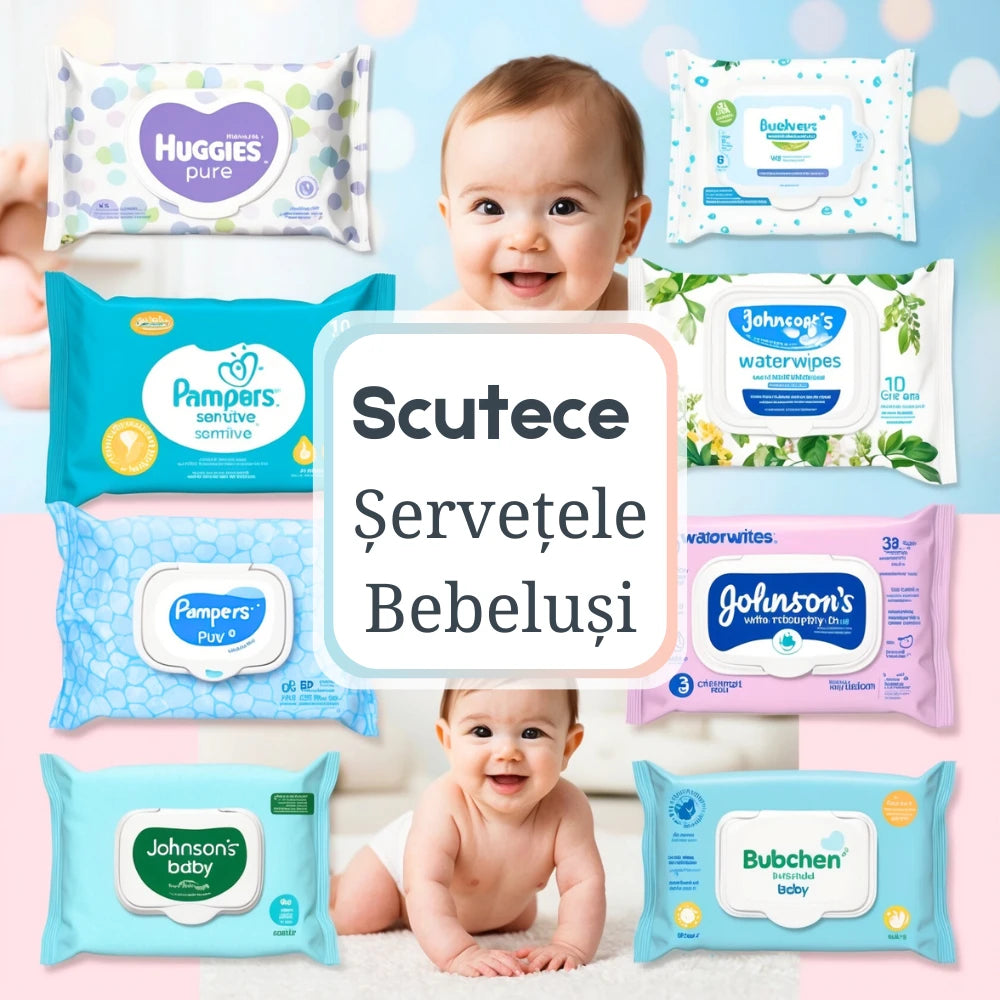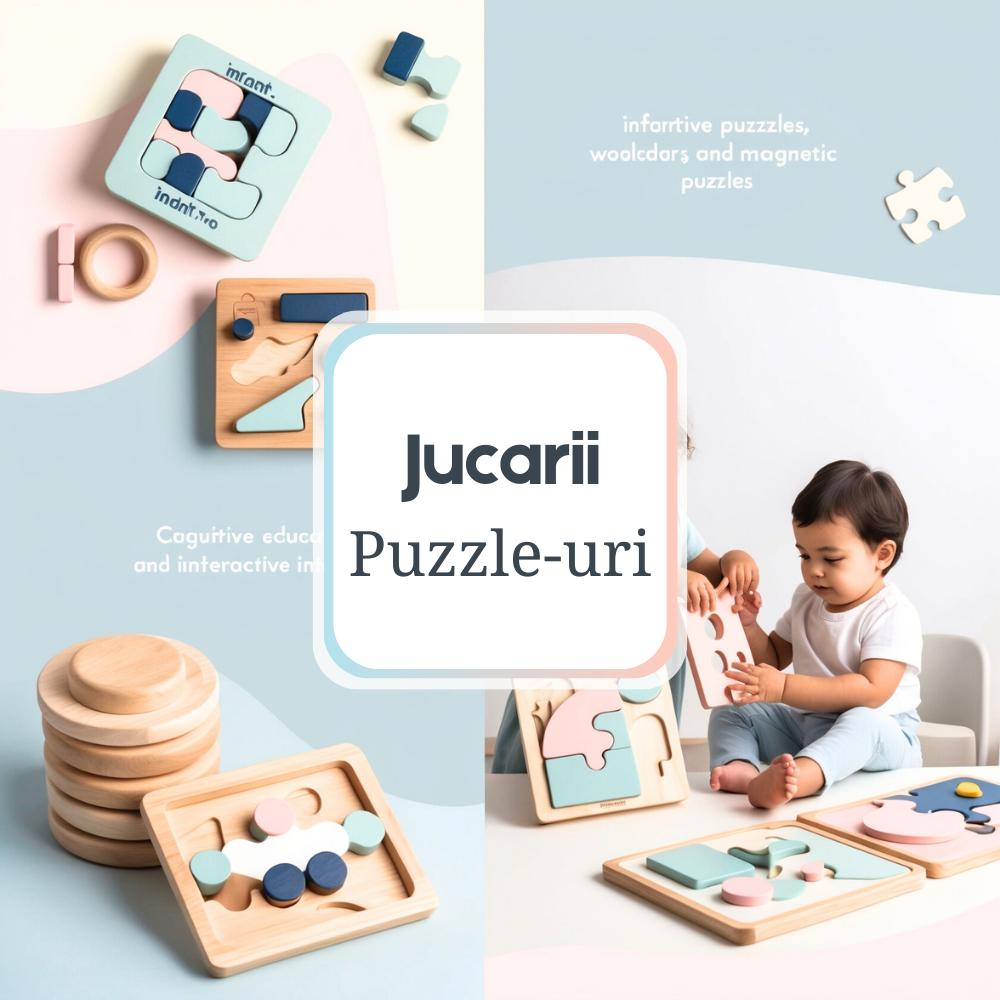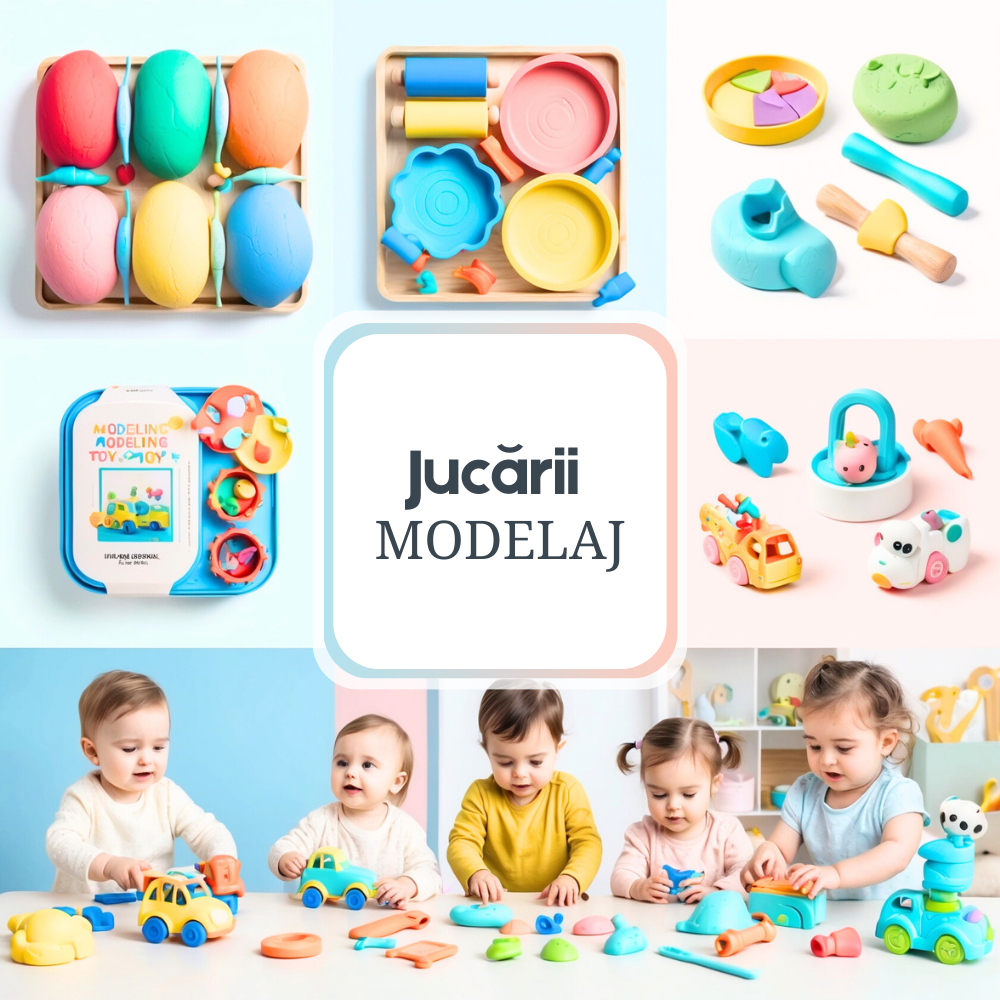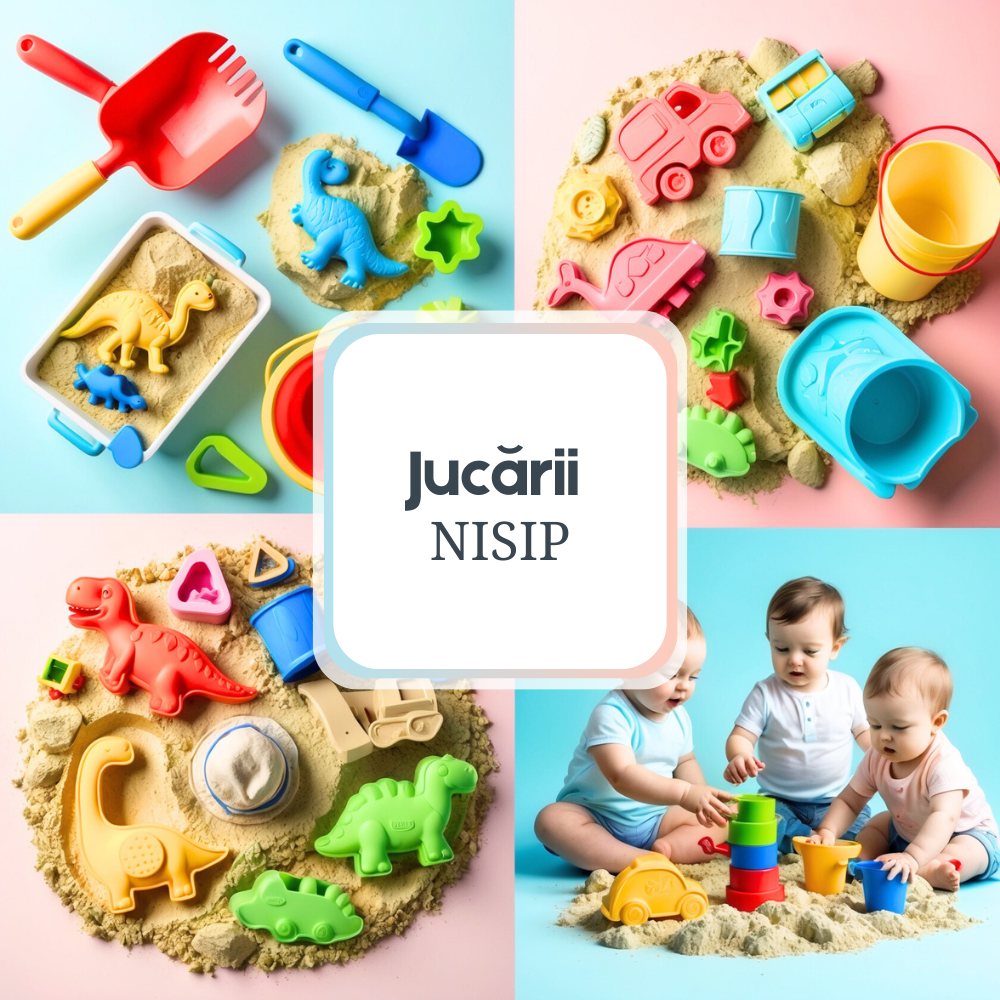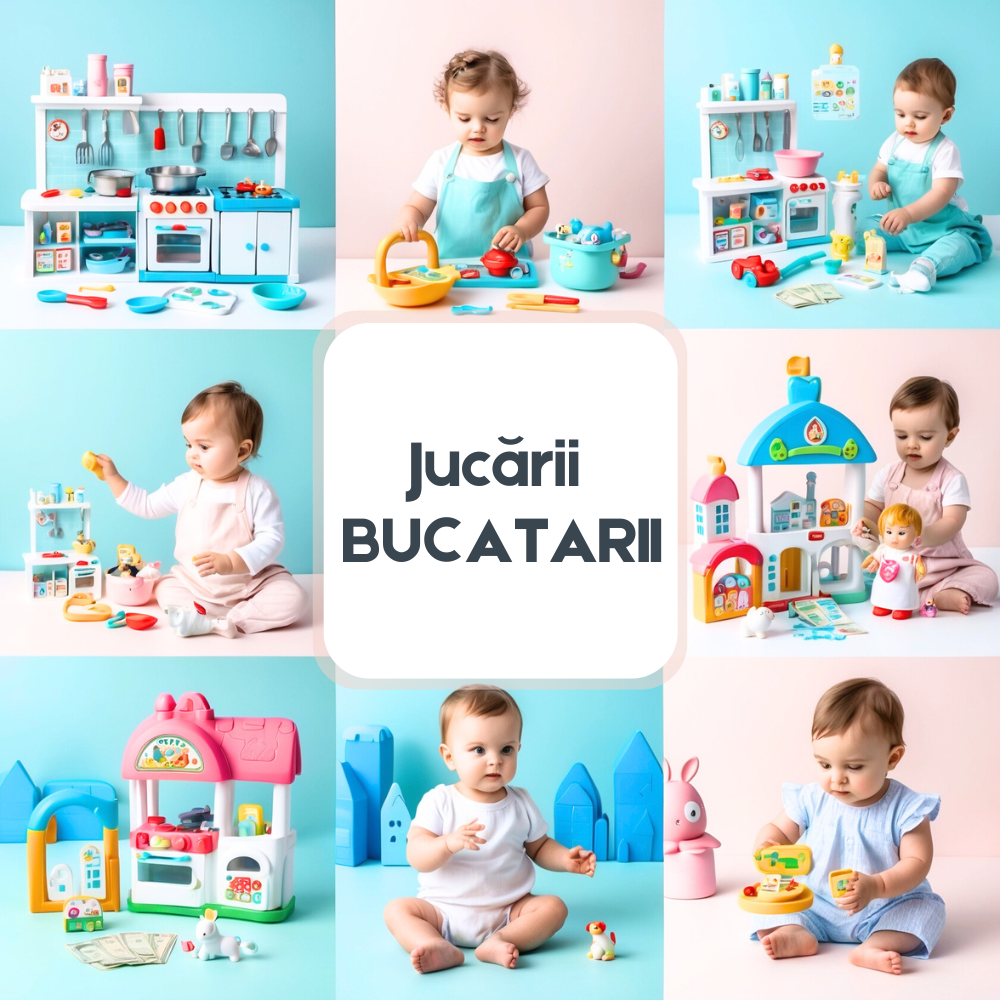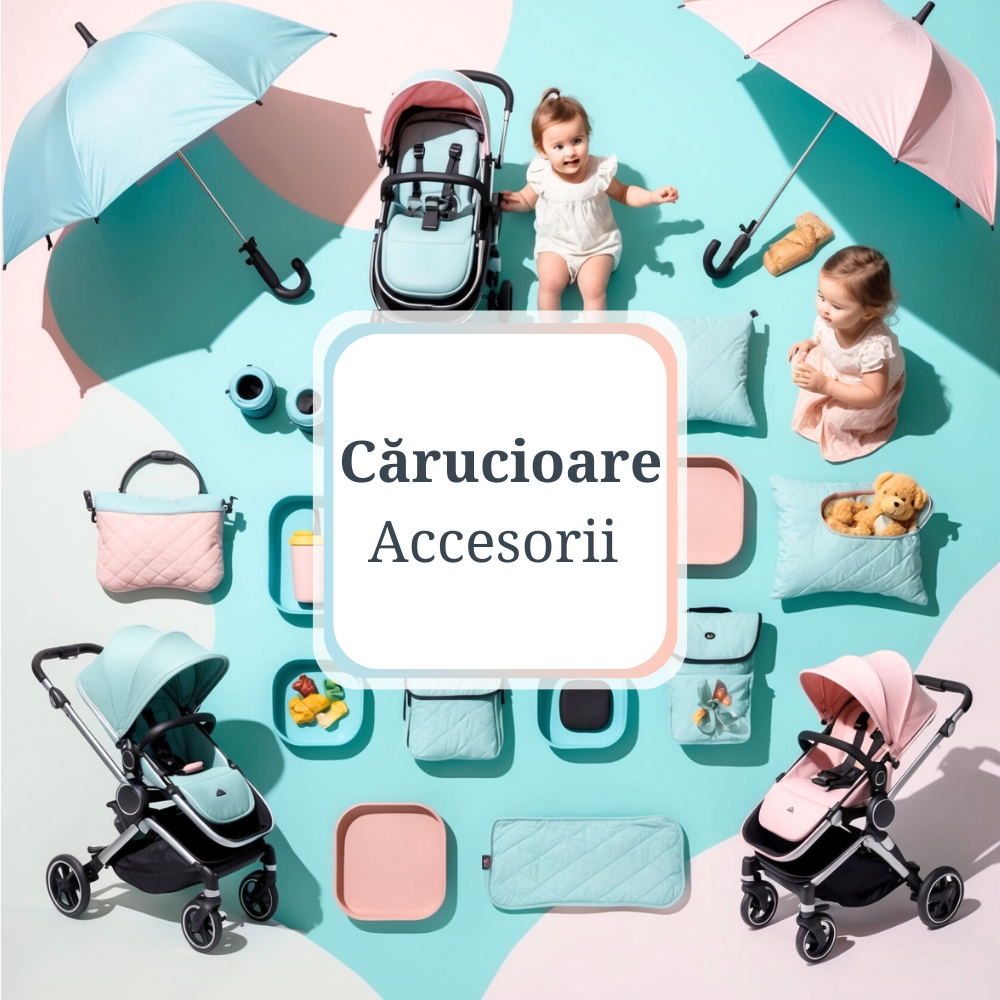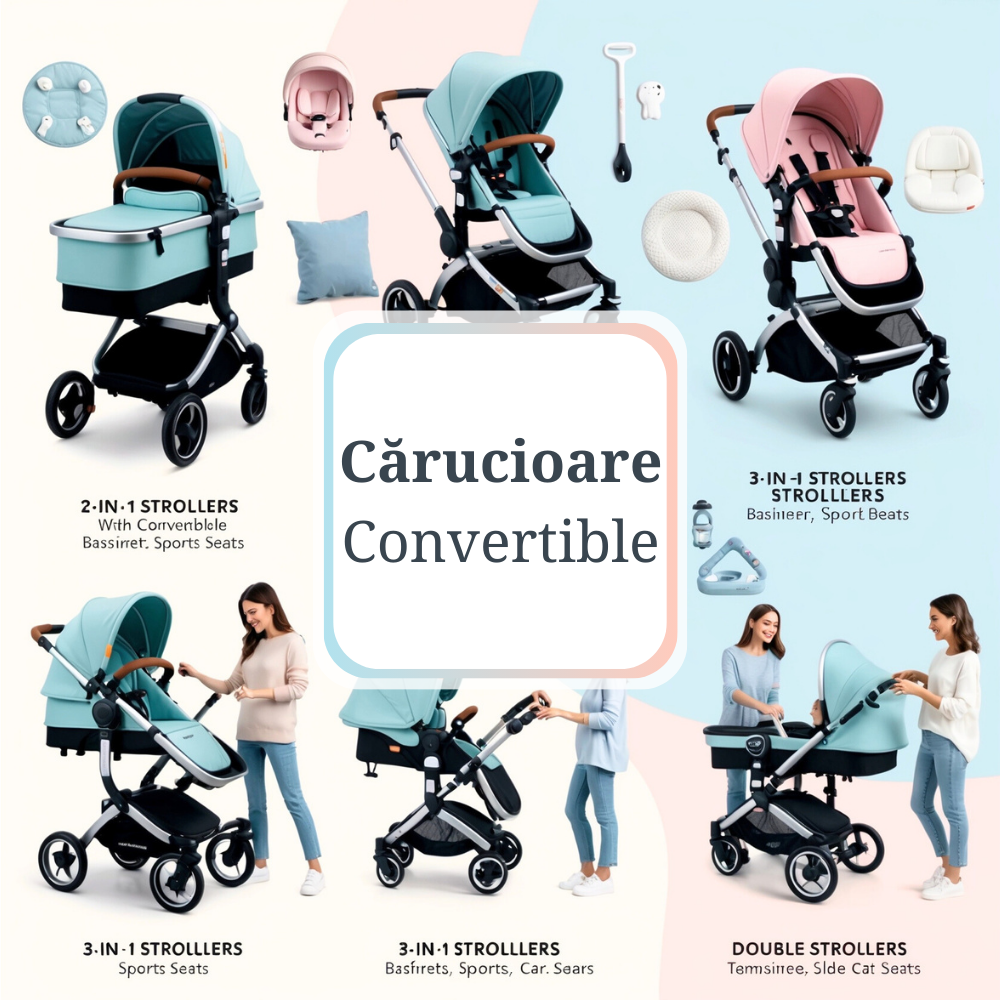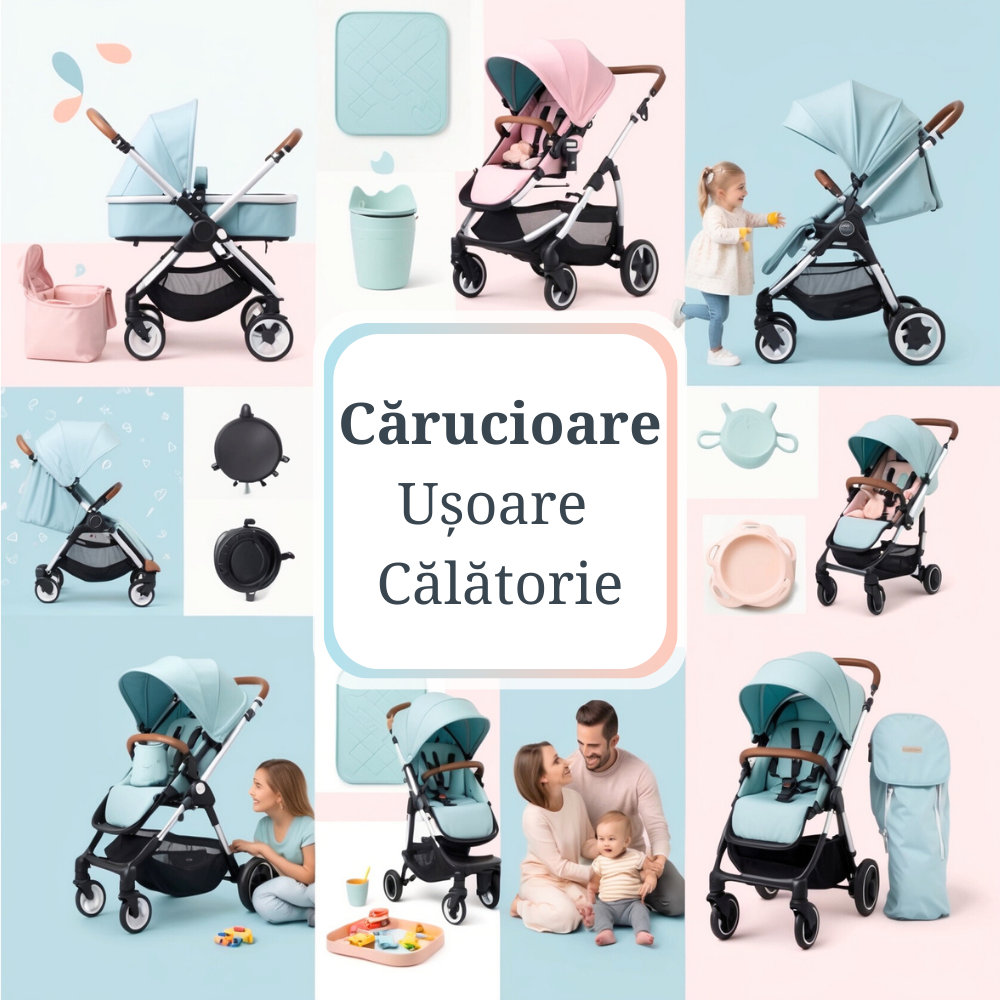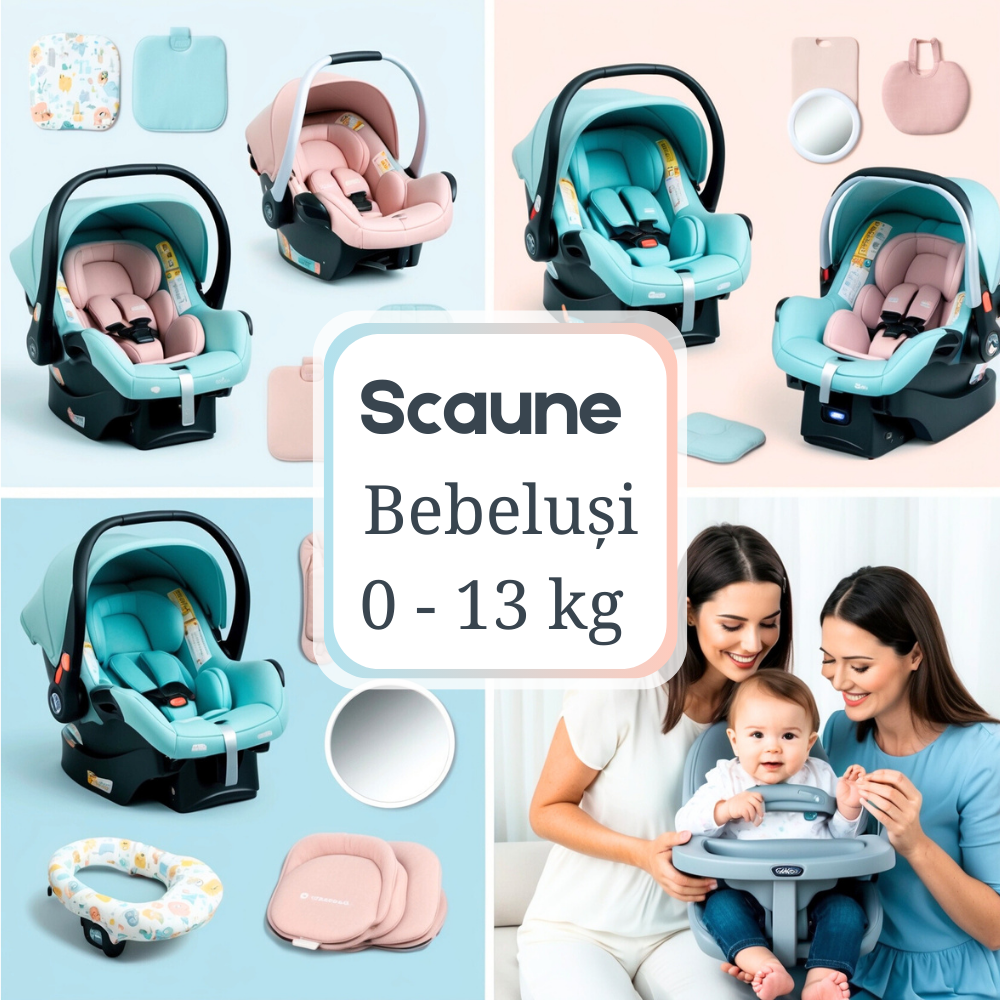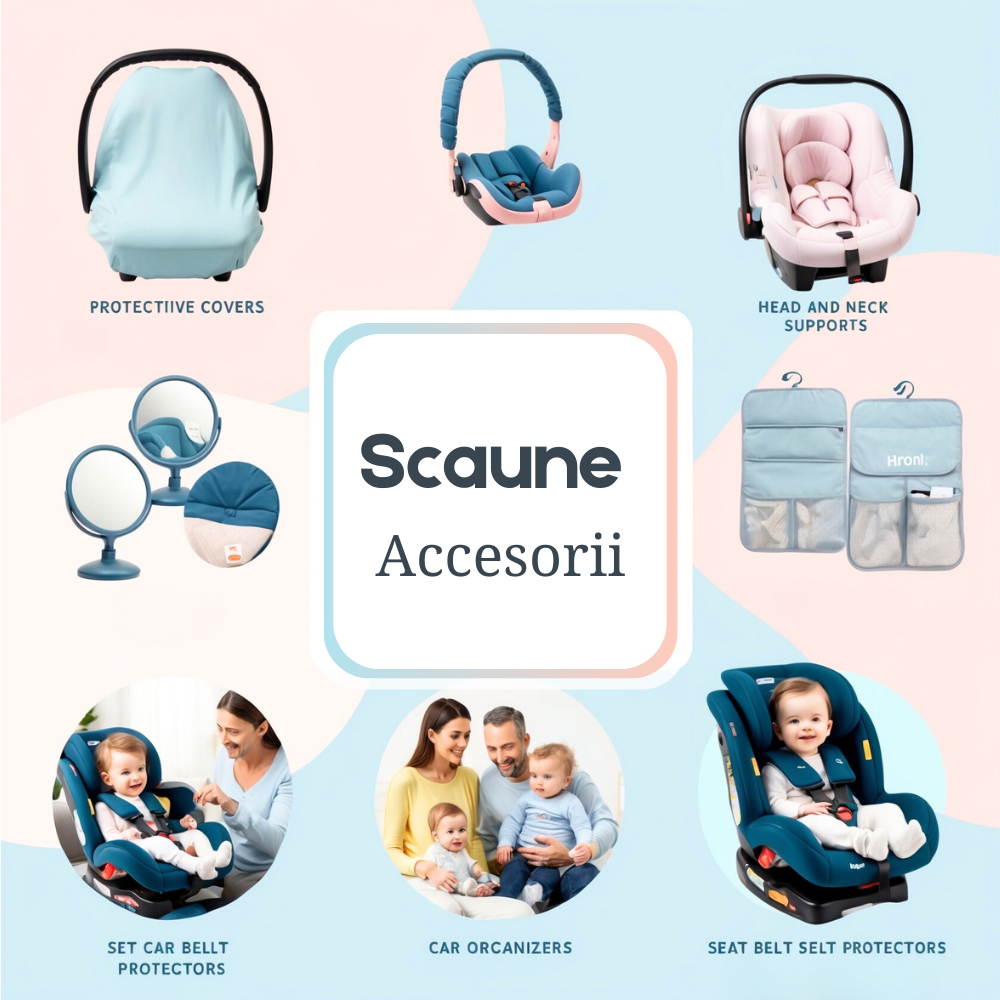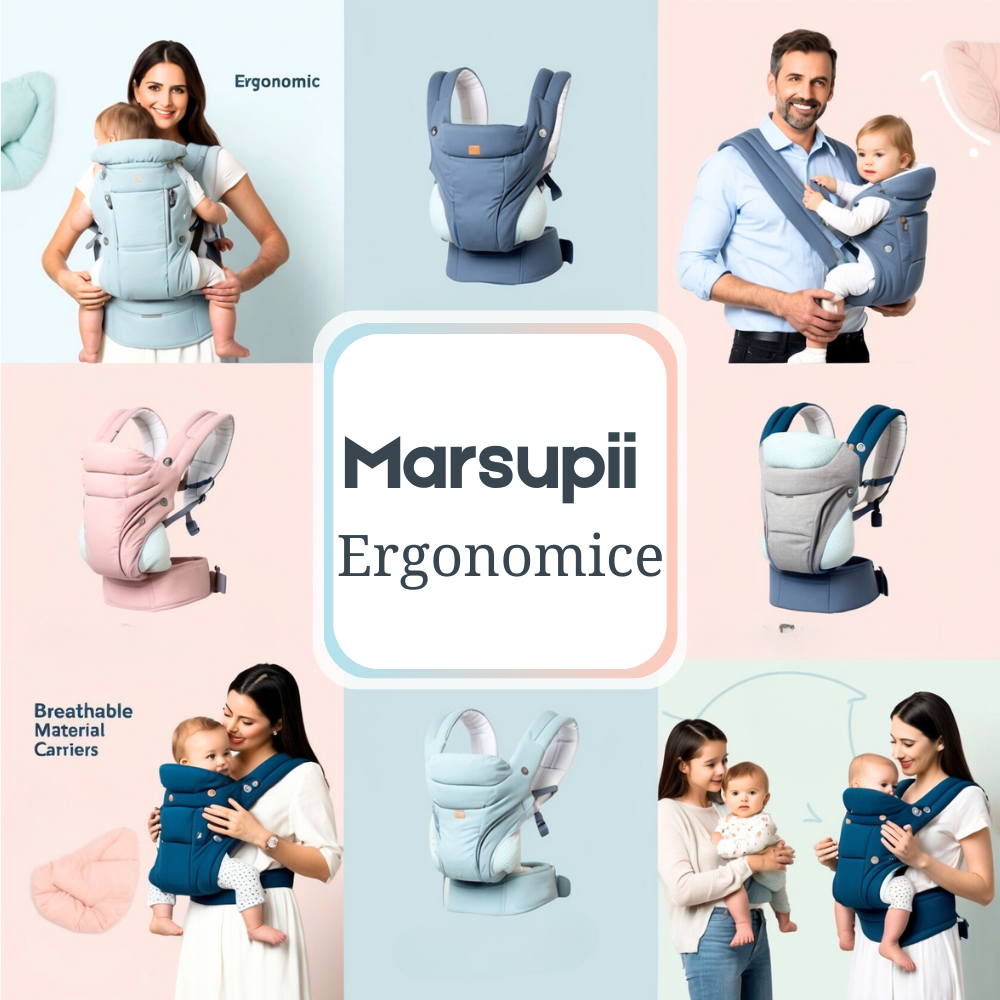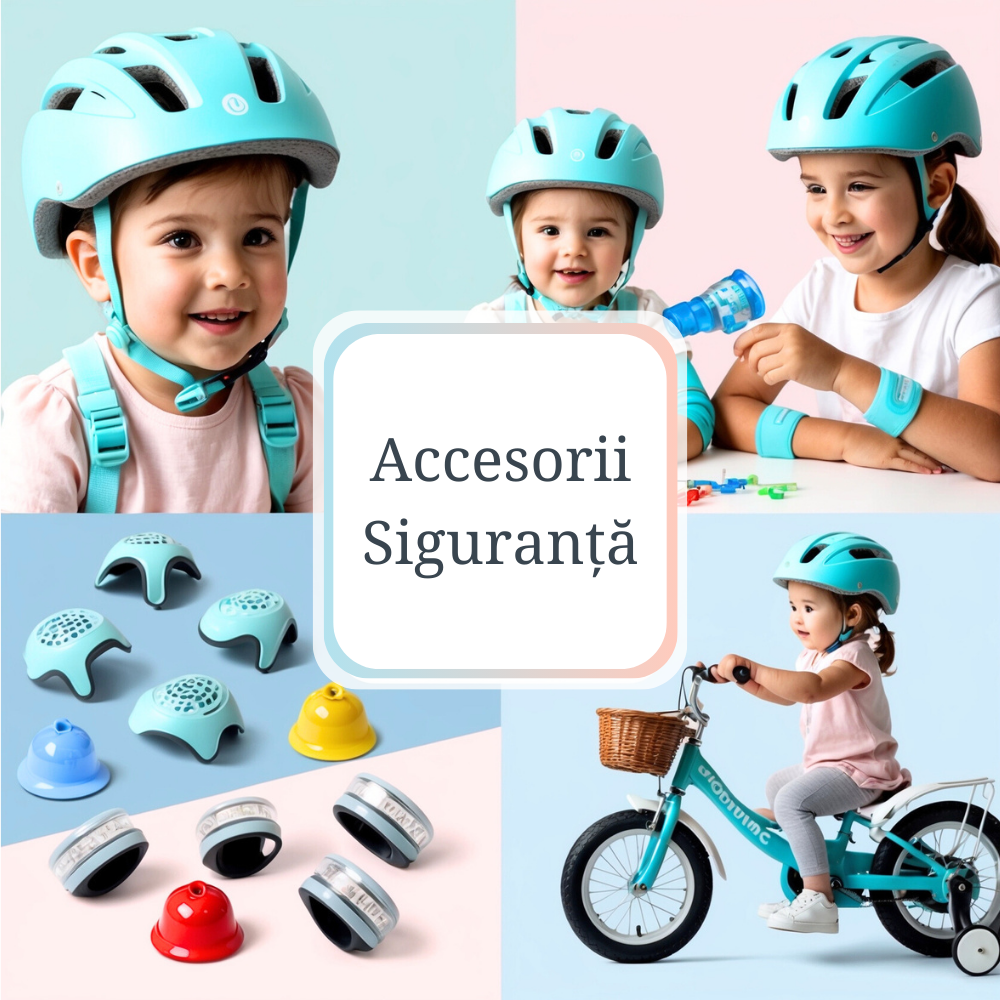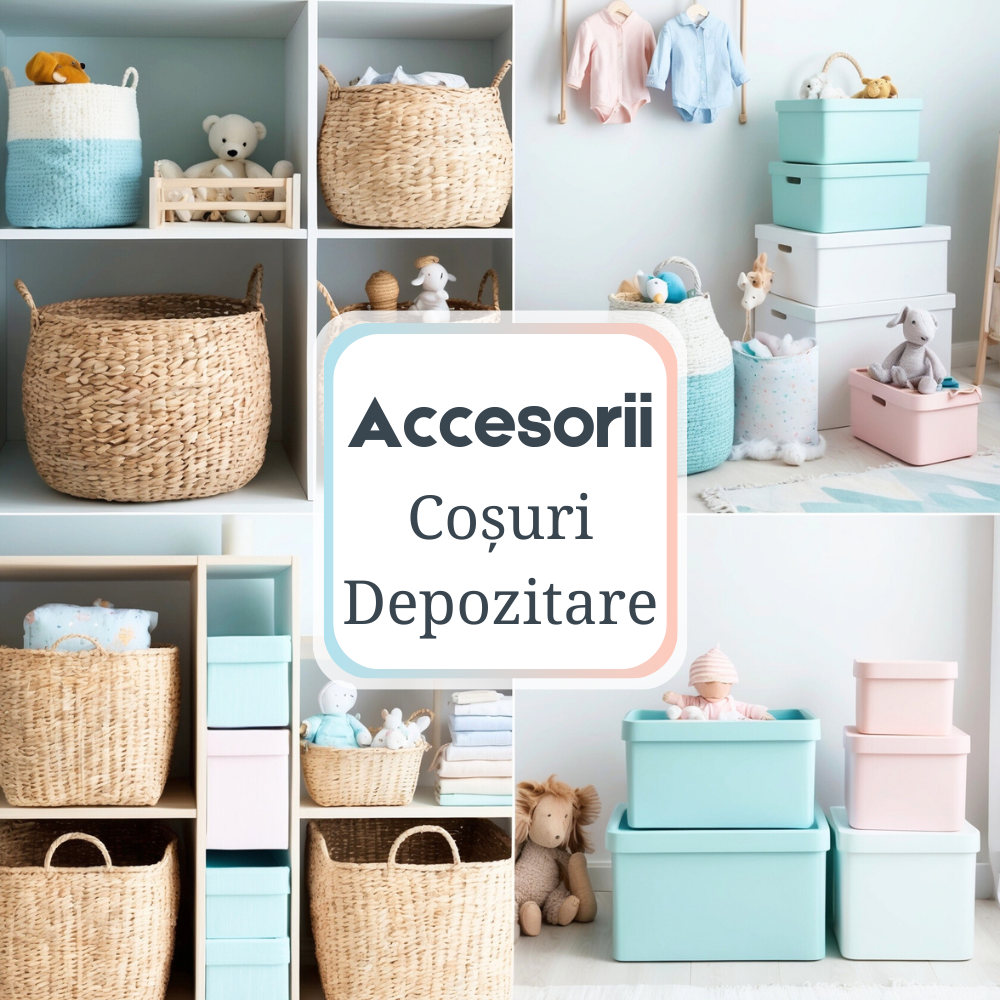Baby Food Up to 1 Year: The Diversification Guide
Parenting is a journey full of surprises, emotions, but also challenges, and the correct nutrition of the baby is one of the most important aspects for its healthy development. Introducing solids to your little one's diet is a major step, so let's discover together how to successfully navigate the feeding stages until the age of 1.
Motor Development and Food
When we talk about motor development in babies, we mean those physical skills that allow them to move and interact with the world around them. This involves both hand coordination to grasp objects and the ability to swallow and chew solid foods.
During the first few months of life, babies will gradually develop the muscle strength and control necessary to withstand the strain that diversification entails. As your baby grows, you will notice how he improves his ability to coordinate the movements needed to eat on his own.
The first solid foods are usually purees and cereals for babies, which are easy to swallow and digest. It is important to start with small portions and introduce only one new food at a time so that you can identify possible allergic reactions.
Language Development and Nutrition
Diet also plays a key role in language development. Chewing and swallowing different food textures are actions that involve the muscles we use to speak, thus helping to develop babies' communication skills.
Be sure to offer a variety of textures to stimulate orofacial muscle development. Meal times also provide an excellent opportunity to talk to your baby, describing what he is eating and encouraging imitation of sounds and words.
Diversification: The First Months
The first months of diversification are crucial and can seem like unknown territory to many mums and dads. The general recommendation is to start introducing solid foods around 6 months of age, but it's important to pay attention to your baby's signals that might suggest he's ready earlier or needs more time.
At this stage, you can start with fruit and vegetable purees, such as apple, banana, sweet potato or avocado. Rice or oat cereal mixed with breast milk or infant formula is also a good choice as a starter food.
Diversification: 6-9 months
After the first wave of solids, you can begin to stick to a feeding routine. In this age range, babies start eating 2-3 times a day and can experiment with a wider range of tastes and textures.
It's time to introduce proteins like chicken, turkey, fish (making sure to choose low-mercury varieties) and legumes. You can also start to gradually introduce dairy products such as yogurt and cheese.
Diversification: 9-12 months
When your baby approaches the age of one, he will be able to eat most of the foods that the rest of the family eats, of course, in adapted portions and without strong spices or overly salty foods.
Introduce whole grains, whole fruits and vegetables (well cooked to avoid the risk of choking), and a wider range of proteins. Encourage him to eat on his own, using his fingers or age-appropriate eating utensils.
Supplements and Essential Nutrients
While variety is important, your baby will still need essential vitamins and minerals. Iron is a crucial nutrient in your baby's development, so make sure you offer iron-rich foods such as red meat, fortified cereals and legumes.
Vitamin D and Omega-3 fatty acids are other nutrients to look out for. According to the pediatrician's recommendations, supplements may be necessary to ensure an optimal intake of nutrients.
Advice for Parents, at Diversification
Since every child is unique, it is normal for there to be variations in the rate of acceptance of new foods. Be patient and don't get discouraged if your little one refuses certain tastes at first.
Offer the new foods in a quiet, pressure-free environment, allowing them to explore and interact with the food. Observe the signs of satiety and do not force him to eat if he does not want to.
Conclusion
Baby nutrition in the first year of life is fundamental for harmonious growth and long-term health development. Diversification must be a process full of understanding and adjusted to the individual needs of your child.
By keeping in mind the pediatric recommendations and carefully observing your baby's reactions, you will be able to build a feeding routine that supports his optimal development. Each stage brings its own challenges, but also countless rewards as you watch your little one grow and learn. Bon appétit, little chicken!


